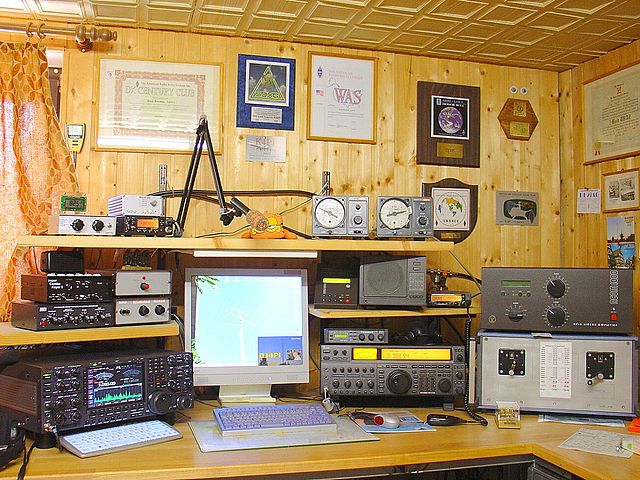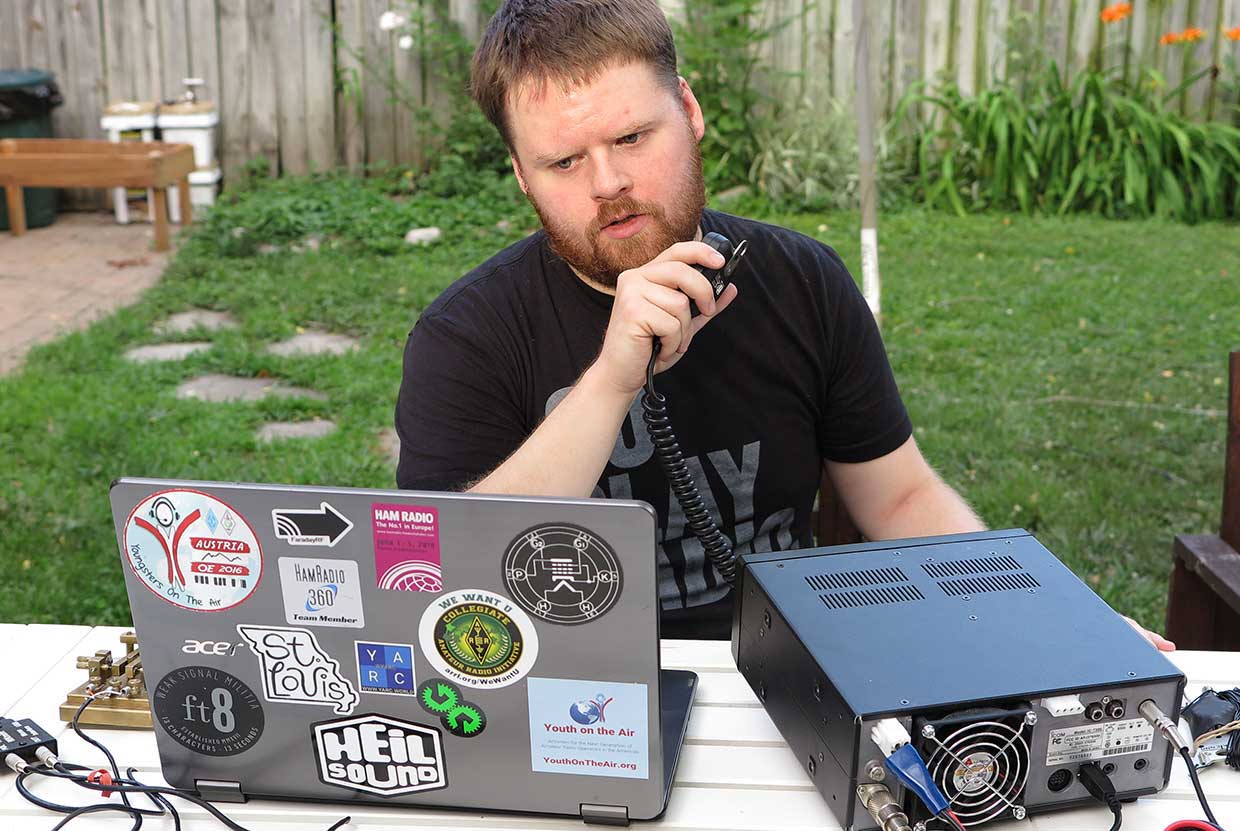
Ham radio, also known as amateur radio, is a hobby enjoyed by many people around the world. It involves building, operating, and communicating with other ham radio operators using specialized equipment and frequencies. Building a ham radio can be a challenging and rewarding hobby, providing educational opportunities, emergency communication capabilities, and a sense of community. In this essay, we will explore the benefits of building a ham radio, the materials and equipment needed, and the steps involved in building one.
Benefits of building a ham radio
- Educational opportunities: Building a ham radio provides educational opportunities in a variety of areas such as electronics, radio theory, and safety procedures. It requires a good understanding of the components and how they work together.
- Emergency communication capabilities: Ham radio operators are often called upon during emergencies to provide essential communication when regular means fail. They can provide communication support for emergency responders, government agencies, and other organizations.
- Sense of community: Building and operating a ham radio can provide a sense of community as ham radio operators can communicate with others from around the world. It allows people to connect and share information and interests, regardless of their location.

Materials and equipment needed
- Transceiver kit: A transceiver kit is the core component of a ham radio and can be purchased from various manufacturers. It includes all the necessary components, such as a radio frequency module, a power amplifier, and a microphone.
-
Power supply: A power supply is needed to provide power to the transceiver kit and other components of the ham radio. It can be a DC power supply or a battery.
-
Tools: Basic tools such as a soldering iron, wire stripper, and screwdriver are needed to assemble the transceiver kit and make connections.

Steps involved in building a ham radio
- Assembling the kit: The first step in building a ham radio is to assemble the transceiver kit. This involves following the instructions provided by the manufacturer and connecting the various components together.
- Soldering and wiring: The next step is to solder and wire the connections. This is a critical step, as a poor soldering job can lead to poor performance or even damage to the equipment.
- Testing and troubleshooting: After the ham radio is assembled, it should be tested to ensure that it is working properly. Any issues or problems can be identified and addressed during the troubleshooting process.
Conclusion
In conclusion, building a ham radio is a challenging yet rewarding hobby that can provide educational opportunities, emergency communication capabilities, and a sense of community. With the right materials and guidance, anyone can build a ham radio. By understanding the benefits and steps involved, individuals can take the first step to get into the hobby and connect with other radio enthusiasts.

